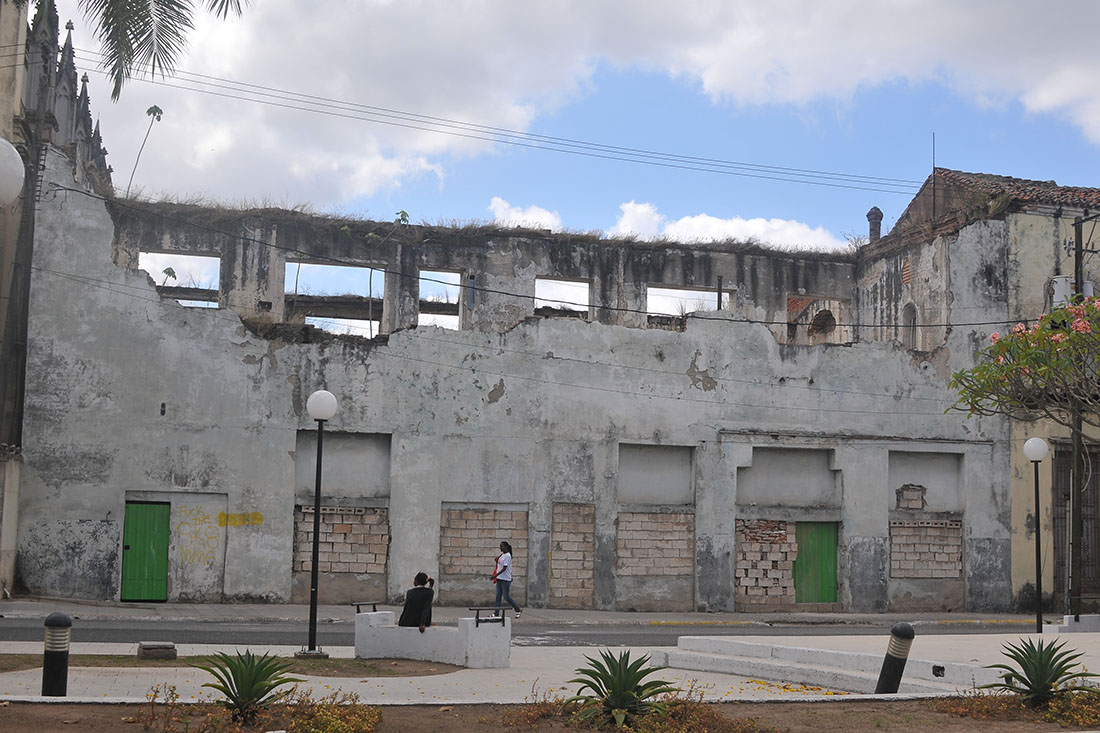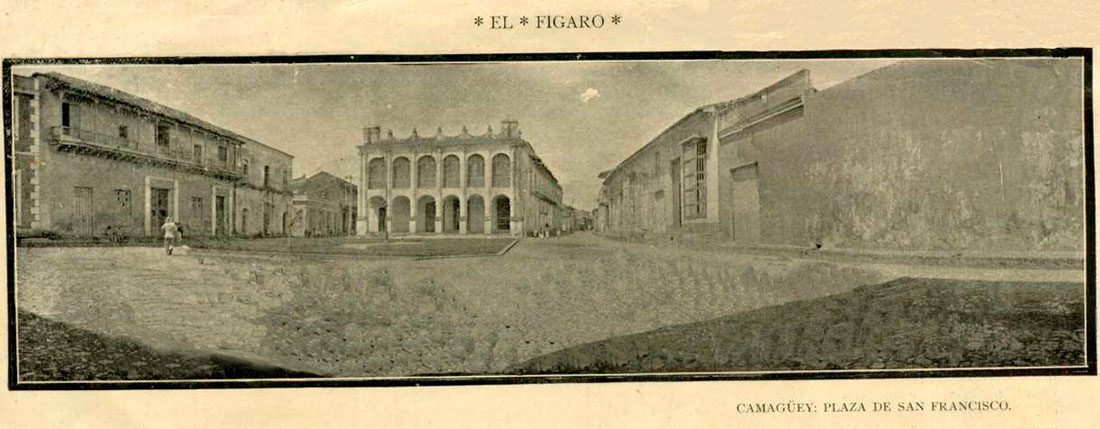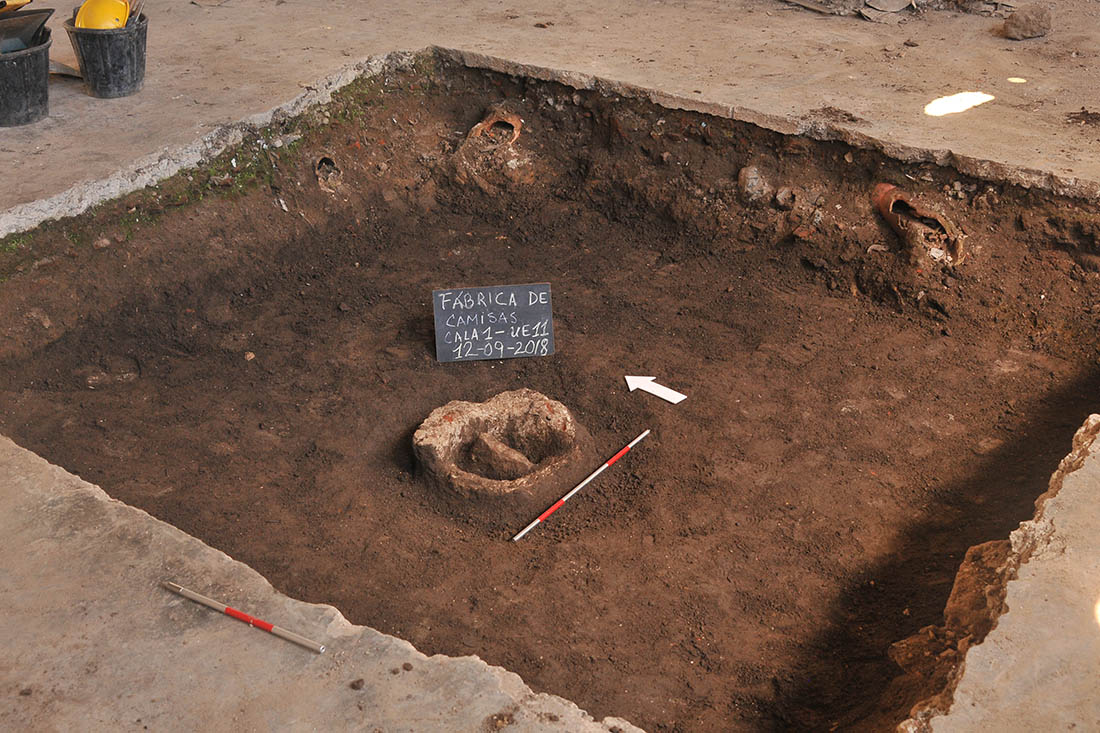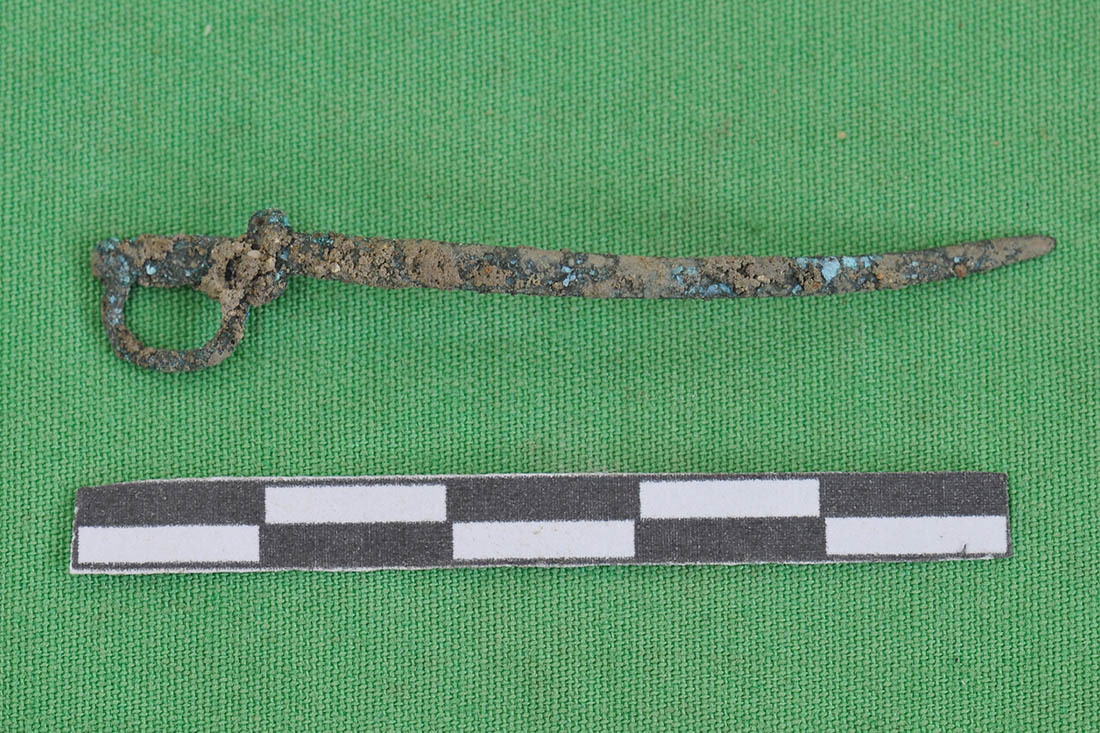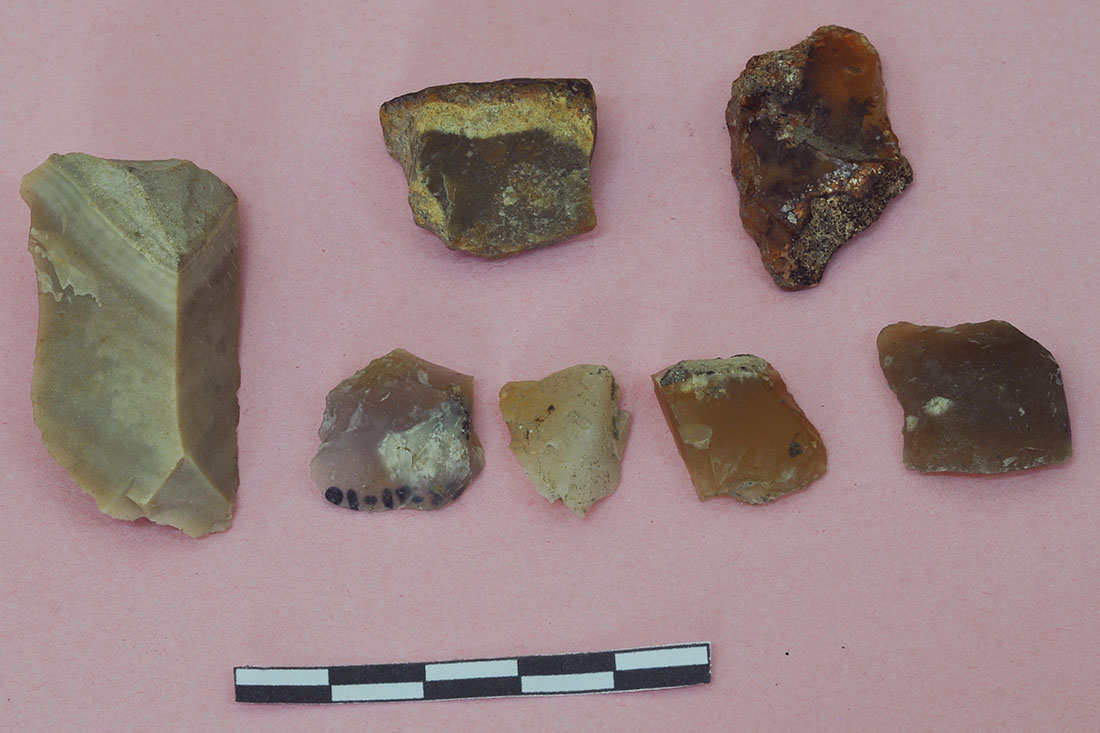By: Karen Maria Hernandez Rodriguez
The building where the Shirt Factory was used had various uses and was linked to the evolution of San Francisco Square (now José Martí Park), where the convent church of the Tertiary Order of San Francisco was built, which formed the square of the same name and around which several houses of the most emblematic families of the town of Puerto Príncipe were built.
The property is located on Luaces Street No. 7, between Academia and San Fernando. The first known historical data date from 1783, before the mortgage of the balcony house of Doña Micaela de Geraldo, which bordered on the side of the convent of the Church of San Francisco and with the house of the Councilor Don José Francisco Caballero.
During the 19th century, the house was in the hands of various owners and had various uses, in addition to housing. In 1858, the building was leased by the Piarist Fathers as a school, and later housed the León Battalion, when the San Francisco convent was occupied as a military barracks.
In the course of the 20th century, the building underwent several constructive transformations both at the façade level and inside. Between 1930-1940, it had various commercial uses such as the San Francisco Market, the “El Sol” butcher shop and the “Hildo” cafeteria.
Starting in the 1974s, it functioned as the Shirt Factory of the Textile Garment Company of Camagüey; until 2015 when it was abandoned due to the collapse of part of the building.
The property was studied in 2018 by the Archeology Cabinet of the Investigations Subdirectorate of the Office of the Historian of Camagüey CITY (OHCC). The first stage between March and June, and the second, in November of that year, within the framework of the I International Workshop on historical and archaeological studies in urban centers.
The excavations focused on the sector that the courtyard occupied and allowed us to rescue part of the material culture and determine the evolution of the space based on various material evidence assignable to different chronological periods between the 18th and 20th centuries.
During the intervention, several layers of construction fill made of fractured bricks, remains of floors, and earth used to fill and level the land appeared, mainly in the first half of the 20th century, when the Merchants’ Square was installed in the building.
The identified archaeological artifacts mostly belong to domestic activities, among which are mainly chorded and turned utilitarian ceramics, majolica, European fine earthenware objects, glass jars and bottles, metal, skeletal remains of animals, and lithics; as well as the discovery of construction elements such as the mouth of a sealed cistern, a post base -from the old 18th century building-, and remains of an old floor.
In the same way, various artifacts for military use were found, from the period in which the property was used to shelter troops in the second half of the 19th century. Pistol casings and projectiles, flintlock flintstones for rifles, metal buttons, and a distinctive miniature saber belonging to a military uniform were identified.
With the investigation it was possible to conclude the different periods of occupation of the space and of the diverse groups that interacted. The analysis of the material evidence found allowed us to expand the knowledge about the material culture of the city’s past.
Translated by: Aileen Álvarez García

